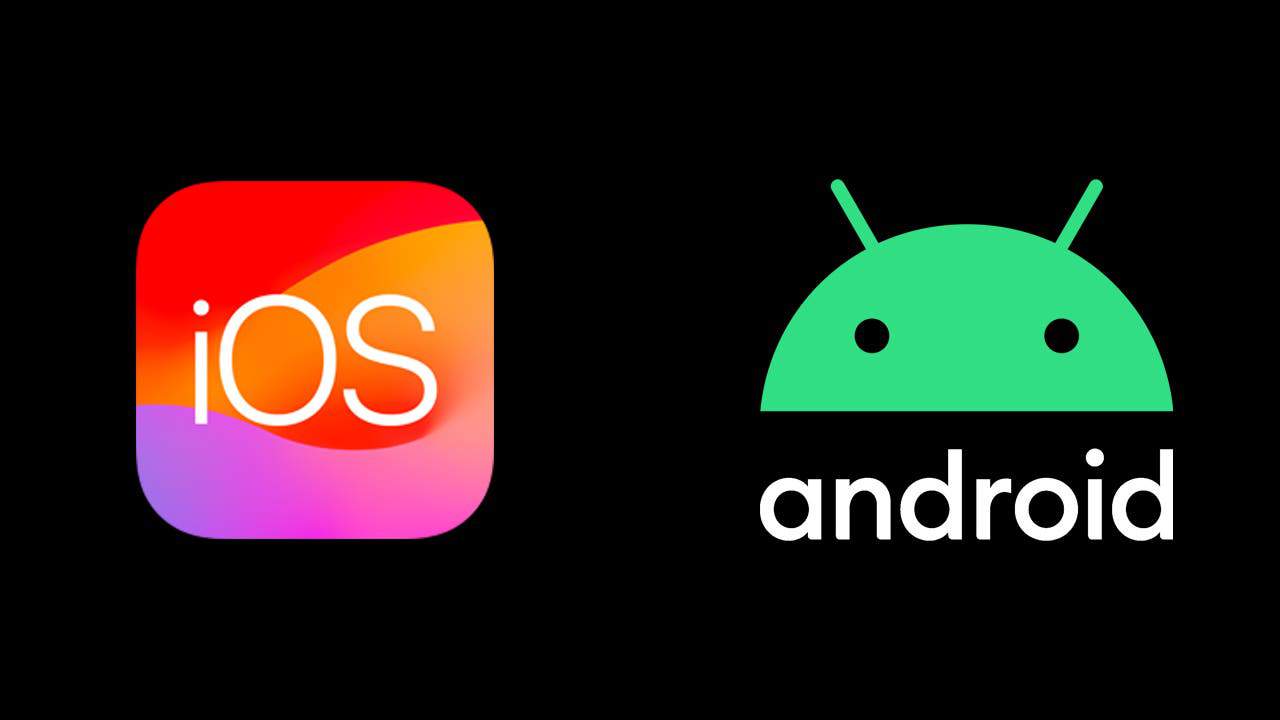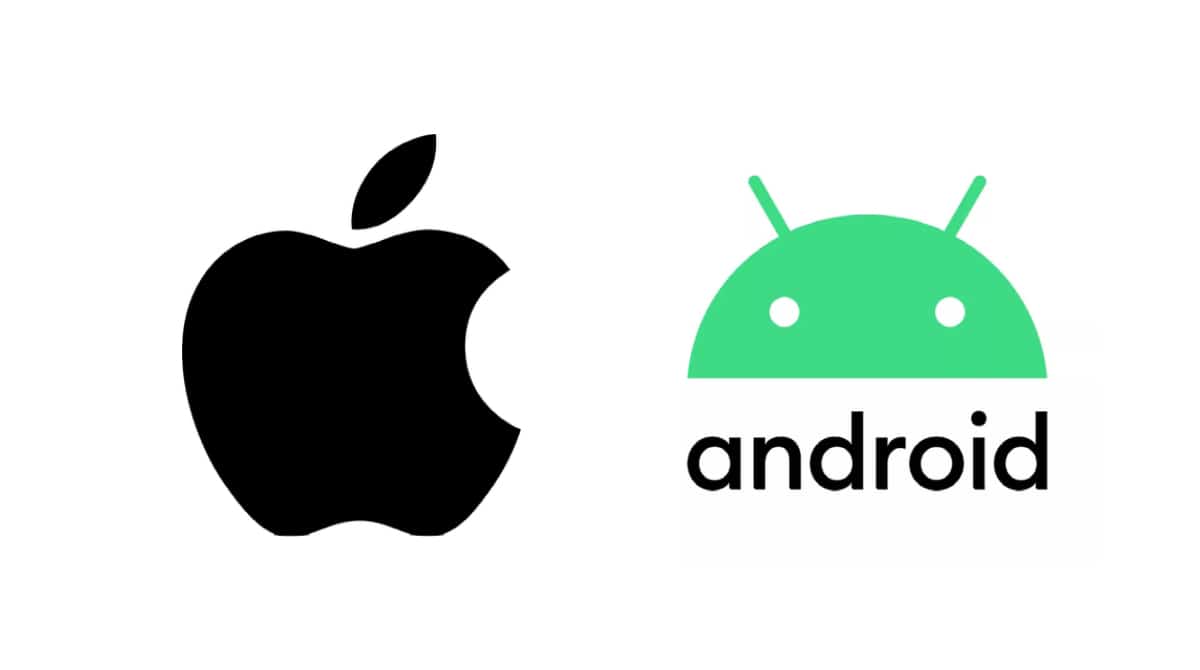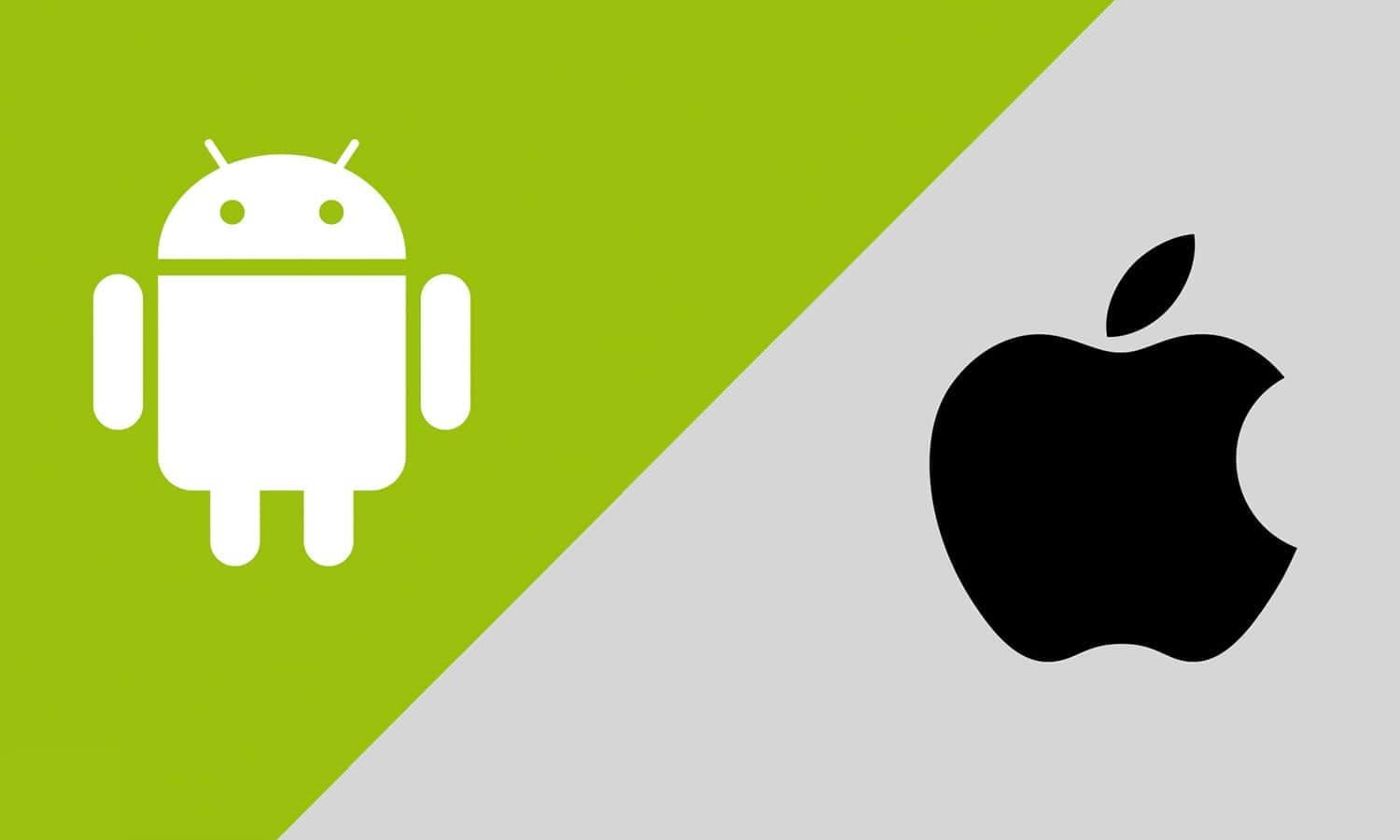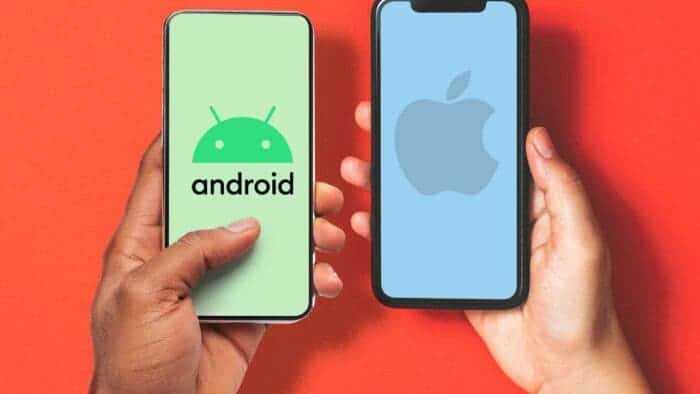The North American smartphone landscape presents a unique dichotomy. Apple‘s iOS shines in key regional markets, while Android dominates globally. Understanding this dynamic and its implications requires closer examination beyond headline figures.

Apple’s Loyal Base Fuels its North American Success:
Apple’s iPhone holds a commanding position in North America, particularly the US. Counterpoint Research reports that iPhones reached 53% market share in Q2 2023, solidifying their leadership. However, Consumer Intelligence Research Partners (CIRP) reveals a crucial insight: Apple’s dominance stems largely from retaining existing users. Around 85% of iPhone sales come from upgrades, indicating brand loyalty and satisfaction. While Android enjoys some switching to iOS (13% of iPhone buyers in 2023), the numbers pale in comparison to the Apple ecosystem’s stickiness.
Android: Holding Steady Globally, Losing Ground Regionally:
Android remains the global leader, powering nearly 70% of smartphones worldwide (Statcounter, Jan 2023-Jan 2024). No other OS comes close, with iOS holding a distant second at 30%. However, within key markets like North America, Android faces challenges. Statcounter reports that 61% of US smartphone users choose iOS, highlighting Android’s vulnerability in specific regions.
Android to iOS: Analysis and Implications
These findings suggest a nuanced scenario. While Android reigns globally, Apple excels in regional dominance through user retention and a dedicated fanbase. For Android OEMs, the picture is not entirely bleak. The switching rate from Android to iOS remains relatively stable, hovering around 11-15% in recent years.
Challenges and Opportunities for Android:
However, stagnation in switching rates shouldn’t be misconstrued as complacency. Android OEMs need to address factors contributing to user migration to iOS. This could involve:
- Enhancing hardware differentiation: Offering innovative features and designs unique to Android devices.
- Improving software updates and support: Ensuring timely updates and consistent user experience across device ranges.
- Tailoring marketing and messaging: Emphasizing Android’s strengths, like openness and customization, while addressing regional preferences.
Beyond Numbers: Understanding the User Landscape:
Understanding the “why” behind user choices is crucial. While market share figures are valuable, qualitative research can shed light on user motivations and preferences. Why do users switch to iOS? What attracts them to the Apple ecosystem? Conversely, what keeps Android users loyal? Addressing these questions can guide targeted strategies for both Apple and Android manufacturers.
Looking Ahead: A Dynamic Market:
The smartphone market is dynamic, and both iOS and Android will continue to evolve. Apple’s focus on user retention and ecosystem cohesion might face challenges if innovation stagnates. Conversely, Android needs to address potential weaknesses while leveraging its global reach and open platform advantages. Ultimately, users hold the power in this dynamic market, and their evolving preferences will continue to shape the smartphone landscape.

Android to iOS: North American Smartphone Market – Apple’s Fortress, Android’s Crossroads
The North American smartphone market showcases a fascinating battleground. Apple’s iOS reigns supreme in key regions like the US, while Android retains global dominance. But beneath the surface lies a complex interplay of factors influencing user choices and shaping the future of both platforms.
Apple’s Ecosystem: A Walled Garden’s Power and Pitfalls:
Apple’s success hinges on its powerful ecosystem. Seamless integration between iPhones, Macbooks, iPads, and other Apple devices fosters user loyalty. The iMessage lock-in effect further strengthens this hold, making switching to Android inconvenient for many. Additionally, Apple’s premium brand image and consistent user experience resonate with a significant segment of the market.
However, Apple’s walled garden approach also generates criticism. Concerns about price point, limited customization options, and potential repair restrictions could influence future user decisions. Additionally, Apple’s slowing innovation cycle in recent years might open doors for Android competitors to capitalize on.
Android’s Openness: Strength and Stumbling Block:
Android’s strength lies in its openness and diversity. With numerous OEMs offering a wide range of devices at various price points, Android caters to a broader audience. However, this very openness can be a double-edged sword. Fragmentation across diverse Android versions and inconsistent update policies create user frustration and hinder its premium image compared to Apple’s controlled experience.
Further, Android OEMs have struggled to match Apple’s level of seamless integration across their respective ecosystems. While initiatives like Google Home and Wear OS aim to bridge the gap, they haven’t achieved the same level of user adoption as Apple’s offerings.

Main Features of Android and iOS:
Shared Features:
- Touchscreen interface: Both offer intuitive touch-based navigation and controls.
- Cellular and Wi-Fi connectivity: Connect to mobile networks and Wi-Fi hotspots.
- App stores: Access and download millions of apps for various purposes.
- Messaging: Send and receive text messages, multimedia messages, and video calls.
- Email: Access and manage email accounts.
- Web browsing: Navigate the internet using built-in web browsers.
- Camera: Capture photos and videos with built-in cameras.
- Music and video playback: Play audio and video files.
- Maps and navigation: Get directions and navigate using GPS and mapping apps.
- Social media integration: Connect and share on social media platforms.
- Security features: Secure your device with passcodes, fingerprint/face recognition, and encryption.
Android-Specific Features:
- Open source: Offers more customization and flexibility for developers and users.
- Multiple home screens: Organize apps and widgets across multiple home screens.
- Widget customization: Add interactive widgets to home screens for quick access to information.
- Sideloading apps: Download and install apps from outside the Google Play Store (with potential security risks).
- Split-screen multitasking: Run two apps simultaneously on the screen (on supported devices).
- Customizable notification panel: Access and manage notifications quickly.
- Google Assistant: Voice assistant for tasks, information, and device control.
iOS-Specific Features:
- Seamless integration with other Apple devices: Tightly integrated ecosystem with Macs, iPads, and Apple Watches.
- iMessage: Messaging app with enhanced features for Apple users.
- Face ID/Touch ID: Secure and convenient fingerprint or facial recognition unlock.
- AirDrop: Share files wirelessly with nearby Apple devices.
- Live Photos: Capture still photos with short video snippets for dynamic memories.
- Focus modes: Customize notifications and distractions based on activities.
- Siri: Voice assistant for tasks, information, and device control.
Beyond Market Share: Understanding the “Why” of User Choices:
Market share statistics paint a broad picture, but truly understanding user choices requires delving deeper. Qualitative research exploring user motivations and preferences is crucial. For example, are users primarily driven by brand loyalty, specific features, price points, or ecosystem integration? By understanding these “why” factors, both Apple and Android manufacturers can craft targeted strategies to attract and retain users.
The Future: Innovation, Customization, and the Evolving User:
The smartphone market is dynamic, and the future remains uncertain. Apple’s dominance could weaken if innovation stalls or user needs evolve beyond its current offerings. Conversely, Android has the potential to gain ground by addressing fragmentation, prioritizing timely updates, and fostering a more cohesive ecosystem experience.
Furthermore, factors like the rise of foldable phones, 5G adoption, and emerging technologies like augmented reality will shape user preferences. Both platforms need to adapt and innovate to cater to these evolving needs and remain relevant in the future.
Ultimately, the success of both iOS and Android hinges on understanding and exceeding user expectations. The platform that effectively balances user loyalty, innovation, and adaptability will stand to gain the most in this dynamic and ever-evolving market.





